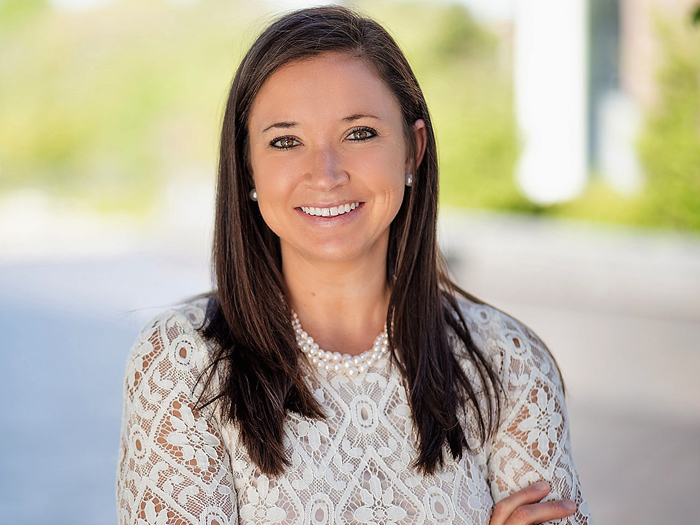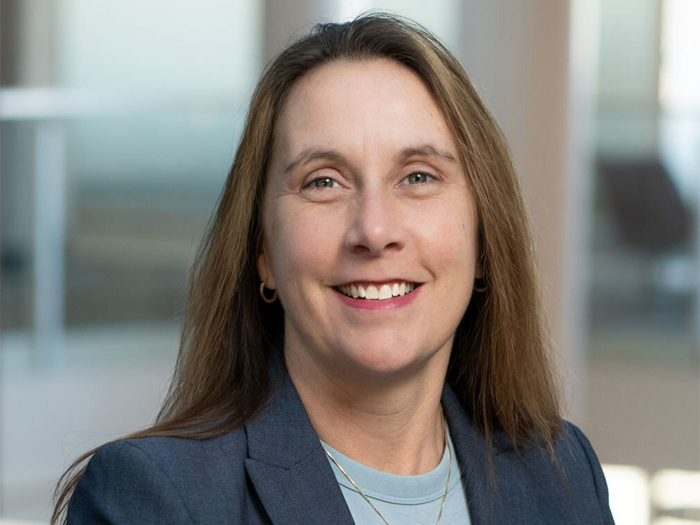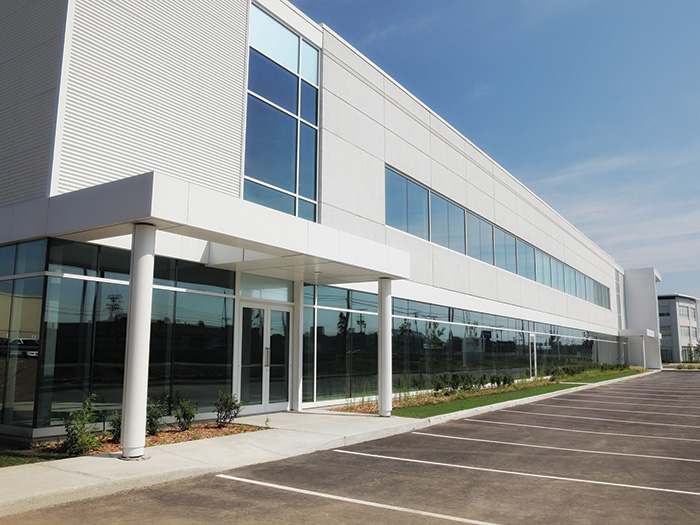Risk Insider: Skip Smith
Where Are the Safety Professionals?
I remember that phone call from my former high school teacher who was then an Assistant Professor at West Virginia University’s Safety Department. He asked me if I would be interested in working for the department as a graduate research assistant.
He said I could earn a Master’s Degree in Safety Engineering and Health and teach some classes. Little did I know that this was going to be one of the best career decisions I could have made. It has given me a number of opportunities in my professional career.
But these days, if you’re charged with overseeing a corporate risk management department it is very difficult to fill a safety position. There are a limited number of qualified candidates with the required educational background, experience and unique set of skills.
Today’s safety professional needs to focus on loss reductions, regulatory compliance, process safety improvements and safety training; as well as the ability to work across department lines to develop partnerships for long term results for the team.
The National Institute of Occupational Safety and Health (NIOSH) recently published a study showing just how real the problem of finding qualified candidates will be in the future. The study estimates employers will hire 25,000 occupational health and safety professionals over the next five years, but only 12,000 will have graduated from safety programs.
I never wanted to be safety professional growing up. I found my way into this career and it led me to eventually overseeing entire risk management departments.
Here are some factors that I think have led to the low number of professionals in the industry.
- Lack of re-branding of degreed safety programs to ensure safety professionals are versed in the area of leadership, corporate profitability, public relations and risk avoidance.
- Low graduation rates which may be partially due to reduced funding for universities with safety department programs (schools and scholarships).
- Limited financial aid and a lack of internships to promote on the job training
- Students not grasping the benefits of a degree in the field of safety and university department chairs not promoting the benefits of this curriculum.
- Not developing the next generation of safety professionals with the training and skills around bioterrorism, chemical terrorism, infectious disease and business analytics to make data-driven decisions.
Thanks to NIOSH, the study has gotten the necessary attention it deserves as we try to meet the business needs of the 21st Century. However, business leaders, risk management professionals and stakeholders need to continue partnering with universities to identify ways to meet these potential shortages of safety professionals.
Safety impacts a company’s bottom line. To have a cost-effective, cost saving, effective safety program, it’s a must to have qualified safety staff to manage all front line risks.
I never wanted to be safety professional growing up. I found my way into this career and it led me to eventually overseeing entire risk management departments.
A lot of positives can be gained from a career as a safety professional and I still consider myself a proud card carrying member of “ASSE”.










